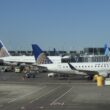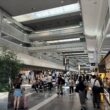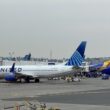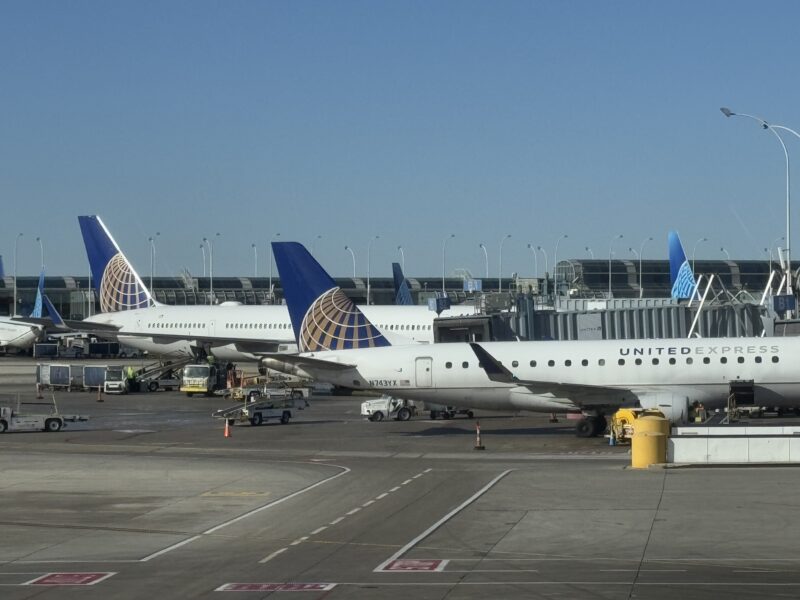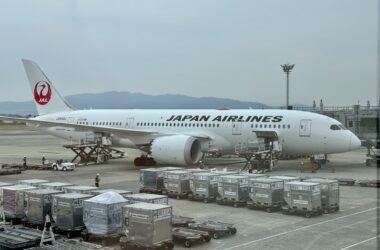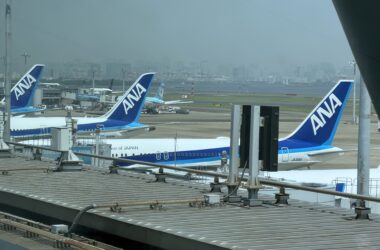Air travel in the United States continues to be a letdown for both airlines and passengers, as shortages in air traffic controllers and an FAA decision to reduce airspace capacity have caused significant delays and cancellations.
As the historical government shutdown has now climbed to over 40 days in length, air traffic controllers have been left unpaid for weeks, resulting in immense pressure to not only work long hours in significantly understaffed conditions but to put food on the table.
The weekend of Nov. 8-9 marked the first weekend with cancellations from the FAA directive. I have pulled numbers from FlightAware to summarize the state of US air travel this past weekend, as well as additional numbers from Flightradar24 and statements from Transportation Secretary Sean Duffy.
Saturday, November 8
Saturday saw a total of 1,566 cancellations and 7,545 delays for flights to, from, or within the United States.
The following 11 US carriers had the largest percentage of cancellations and delays:
- Delta Air Lines: 265 cancelled (8%), 998 delayed (32%)
- Skywest: 196 cancelled (8%), 504 delayed (21%)
- Republic: 137 cancelled (14%), 308 delayed (33%)
- Southwest: 128 cancelled (3%), 912 delayed (27%)
- American Airlines: 116 cancelled (3%), 1,104 delayed (34%)
- United: 109 cancelled (3%), 979 delayed (35%)
- Endeavor Air (Delta Air Lines): 105 cancelled (17%), 200 delayed (33%)
- PSA Airlines (American Airlines): 98 cancelled (14%), 233 delayed (34%)
- Envoy Air (American Airlines): 94 cancelled (9%), 227 delayed (23%)
- JetBlue: 65 cancelled (7%), 415 delayed (48%)
- Spirit: 48 cancelled (10%), 156 delayed (35%)
Given that Delta had the worst of the delays on Saturday, Atlanta Hartsfield-Jackson Airport had the highest number of departure disruptions, with 154 cancellations (14%) and 346 delays (32%).
A long list of staffing triggers and aispace flow programs came into place as the day went on:
Additionally, Airlines for America, an industry trade organization for many US carriers, shared that staffing woes contributed to 71% of total National Airspace System (NAS) delays on Saturday.
Sunday, November 9
Sunday saw a total of 2,954 cancellations and 11,230 delays for flights to, from, and within the United States.
This was the fourth-worst day in terms of cancellations since January 2024, according to Cirium. Around 10% of total flights were cancelled, and 30% had delays of more than 30 minutes.
11 airlines with the highest proportion of cancellations and delays were:
- Delta Air Lines: 586 cancelled (16%), 1,382 delayed (39%)
- Skywest: 334 cancelled (12%), 768 delayed (28%)
- Republic: 331 cancelled (27%), 480 delayed (40%)
- American Airlines: 327 cancelled (9%), 1,364 delayed (38%)
- Southwest: 246 cancelled (5%), 1,940 delayed (45%)
- United: 215 cancelled (7%), 1,197 delayed (39%)
- Endeavor Air (Delta Air Lines): 142 cancelled (17%), 389 delayed (49%)
- Envoy Air (American Airlines): 118 cancelled (11%), 448 delayed (43%)
- GoJet (United Airlines): 100 cancelled (35%), 99 delayed (35%)
- PSA Airlines (American Airlines): 96 cancelled (12%), 271 delayed (35%)
- JetBlue: 84 cancelled (9%), 492 delayed (53%)
In addition to the continued staffing woes on Sunday, bad weather in the eastern half of the United States contributed to further delays.
Long departure cues were seen at various airports across the country:
Given the staffing triggers in many ATC sectors, coupled with the various airspace flow programs in place, many flights were seen taking atypical routes and delay vectors:
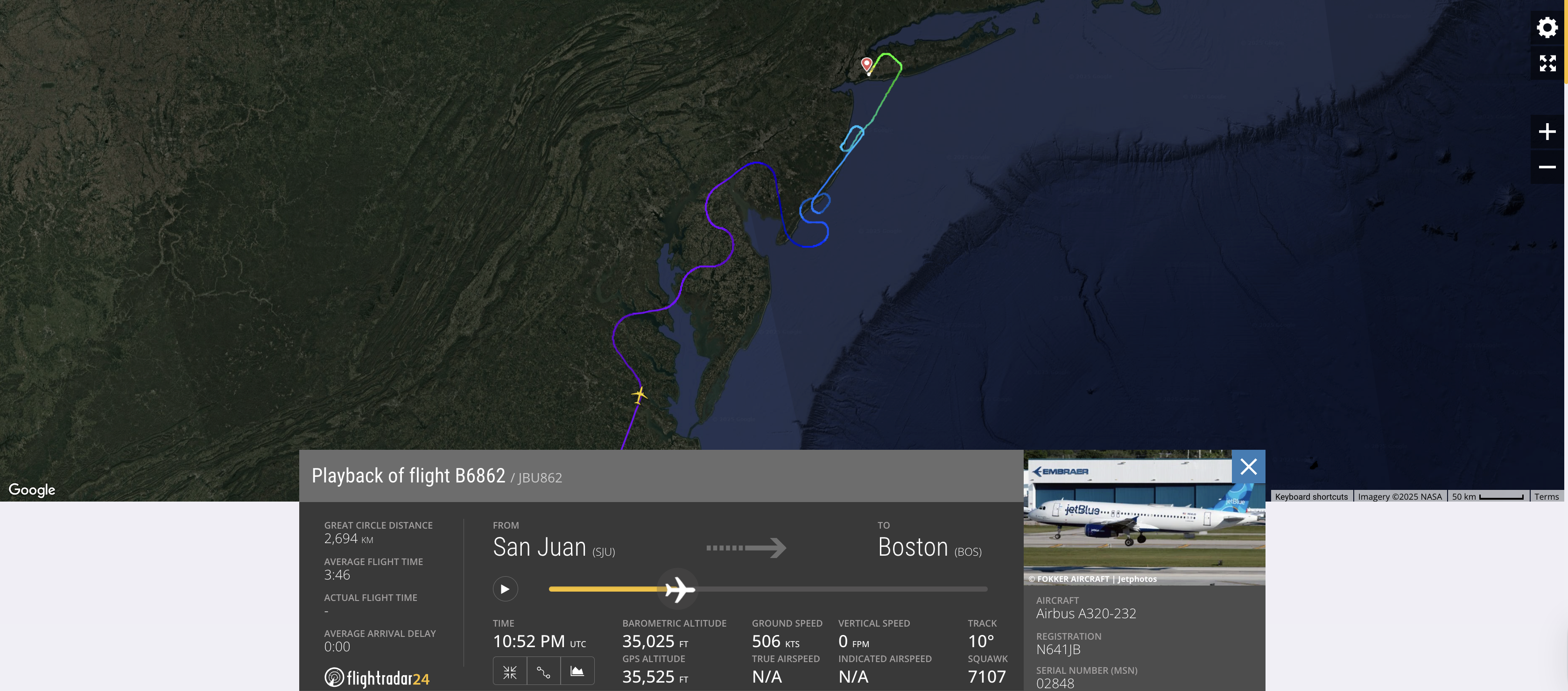
For the most part, international flights have remained unaffected. Given that delays, missed connections, and cancellations are more consequential on international flights, airlines and the NAS would generally prefer to prioritize these flights over domestic operations.
Following the announcement of the FAA directive to reduce flight capacity, United CEO Scott Kirby stated that “United’s long-haul international flying and our hub-to-hub flying will not be impacted.”
However, these mid and long-haul flights can still run into traffic as they approach their destination airport, prompting delays. Below is Japan Airlines flight JL4 from Tokyo to New York, which had left Tokyo on time but had to enter several holding patterns and delay vectors. A flight that typically takes about 12 hours turned into a 13-hour flight.

ATC Staffing Woes Moving Forward
The FAA directive for airlines to reduce flights began at 4% on Friday at 40 major airports, and will climb to 6% on Tuesday and 10% by Nov. 14.
Transportation Secretary Sean Duffy stated that more air traffic controllers have been retiring since the beginning of the shutdown, placing further strain on an industry that has been understaffed for decades. “I used to have about four controllers retire a day before the shutdown, … now up to 15 to 20 a day are retiring.”
With the Thanksgiving travel week set to begin in just two weeks, airline executives have urged Congress for the shutdown to come to an end.
The US Senate advanced a bill to end the government shutdown on Sunday. If the bill eventually gets passed, it will be up to the House of Representatives and a signature by President Donald Trump, a process that could still take several days.
Secretary Duffy has stated that the FAA and DOT will not pull back on their airspace capacity cuts until air traffic controllers are back working and safety data improves.
Featured image by the author.

